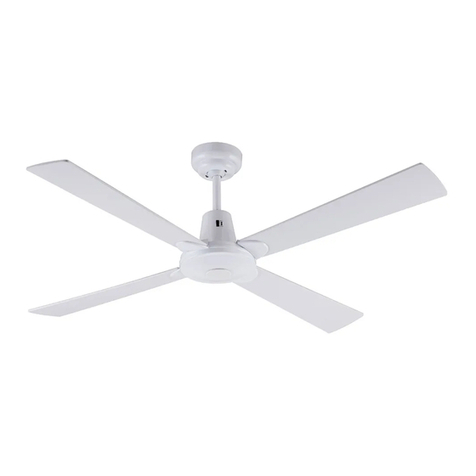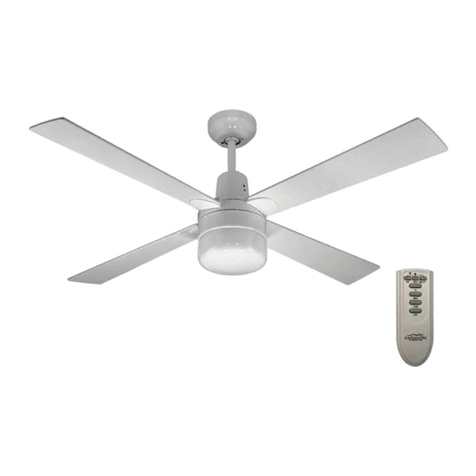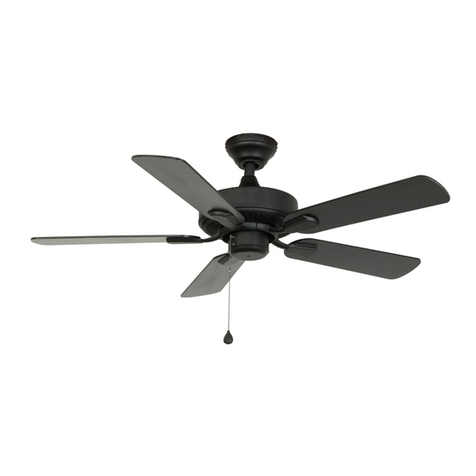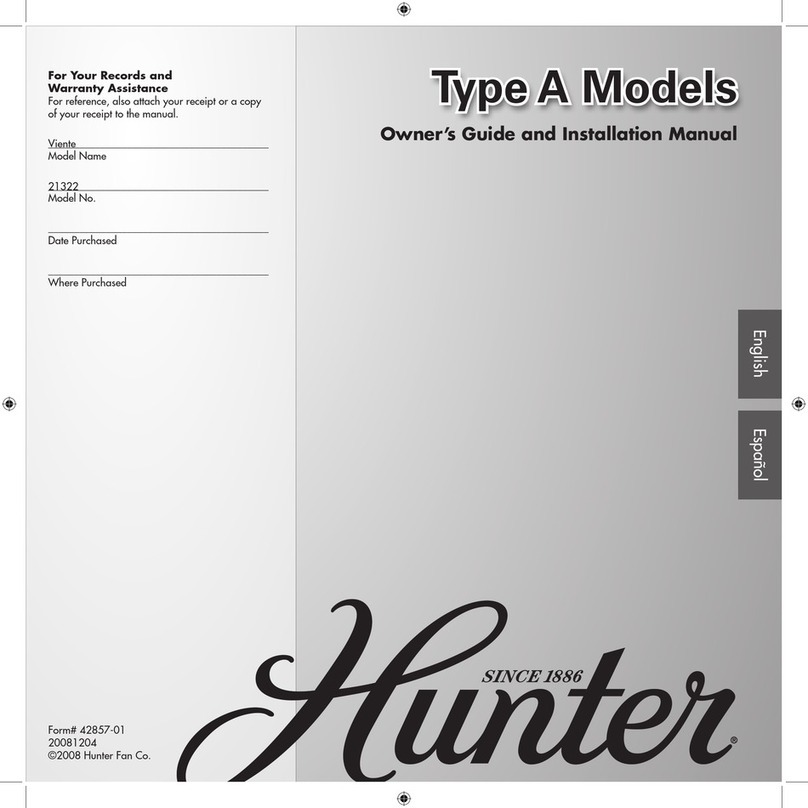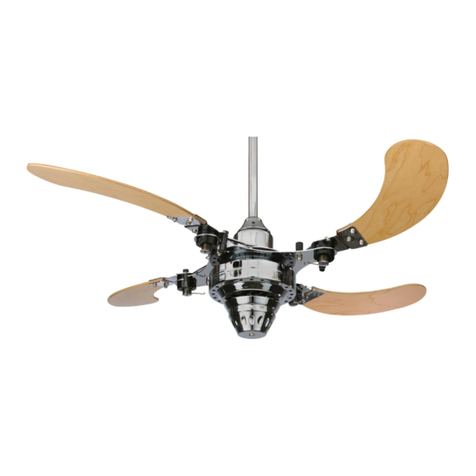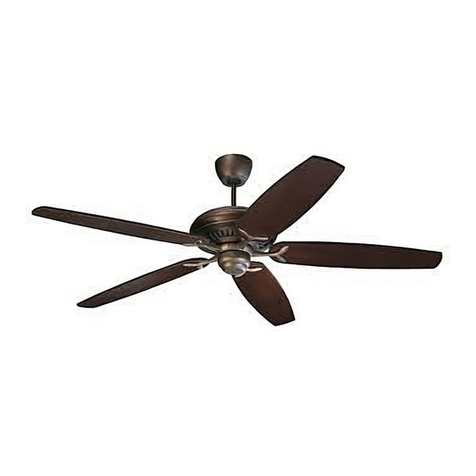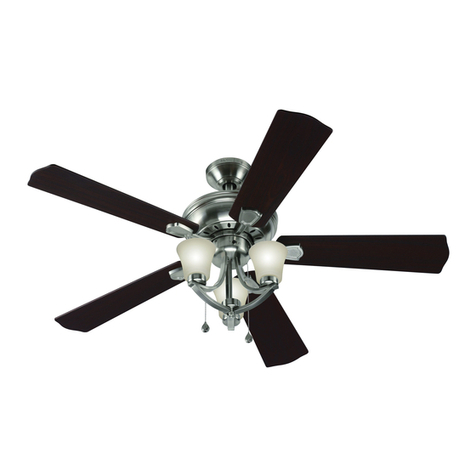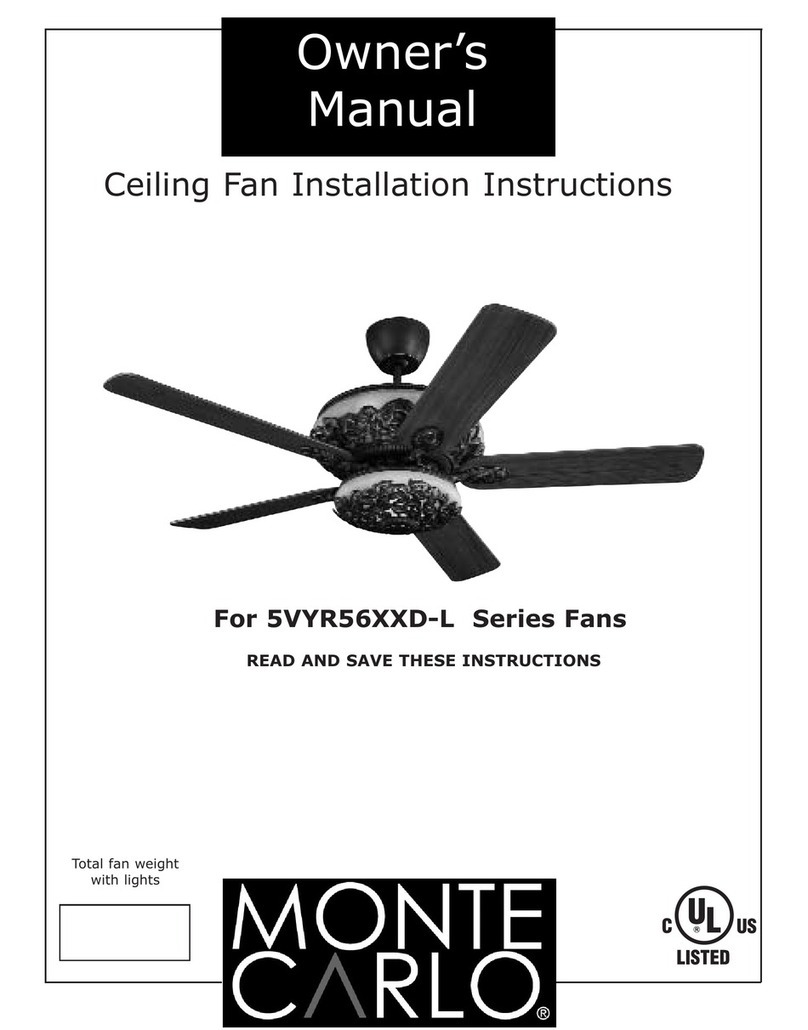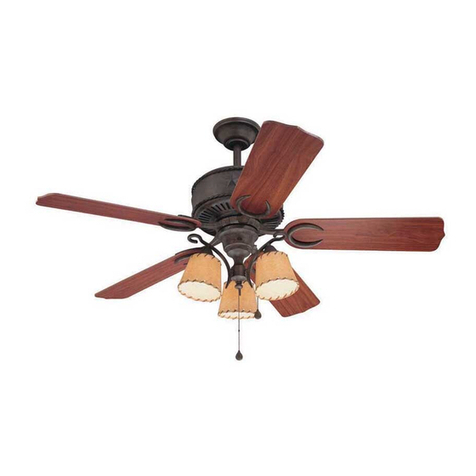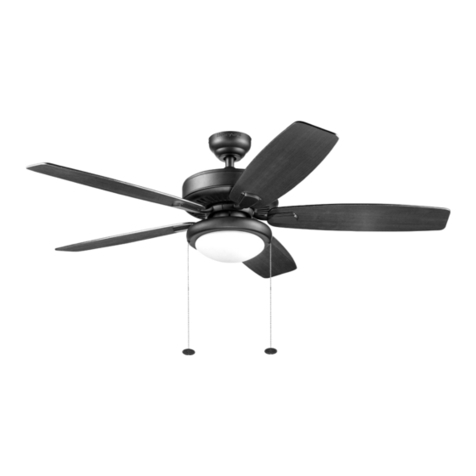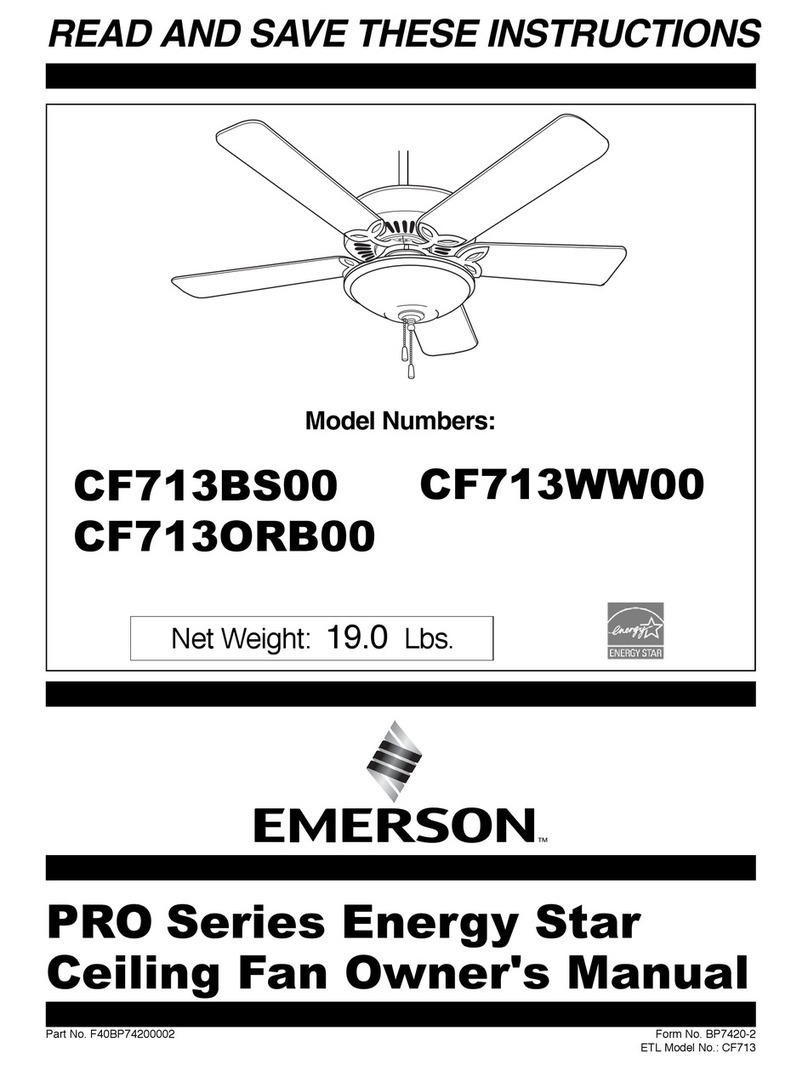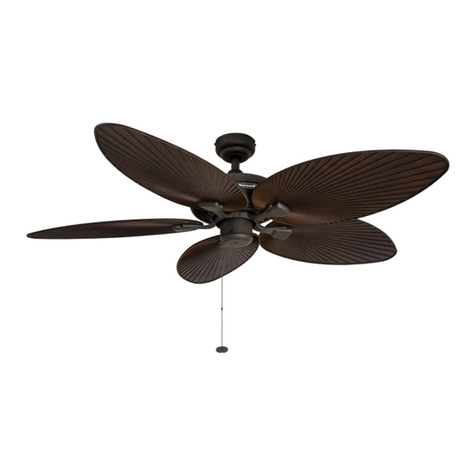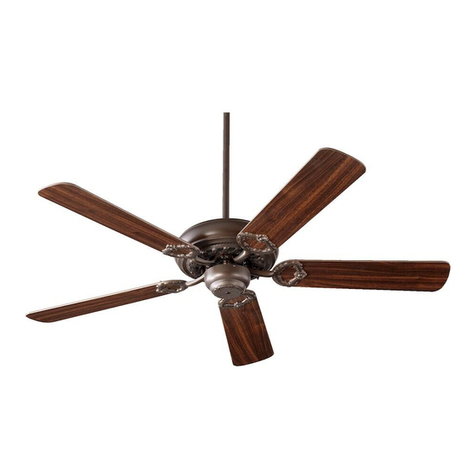
3
CONGRATULATIONS ON YOUR PURCHASE
Congratulations on purchasing the latest in energy saving ceiling fans. This fan runs on DC (direct current)
power which gives it the benefit of being super energy efficient whilst still maintaining high volume
air-movement and silent operation.
Energy Saving - The DC motor is the latest technology in fan design. Its highly efficient motor saves up to
65% energy than ceiling fans with traditional AC motors.
Silent operation – this DC fan motor is programmed with a stabilized current which efficiently reduces motor
noise.
Low operating temperature – The DC power is managed effectively which brings down the motor operating
temperature to less than 50degs. This results in a much cooler motor than a standard AC fan and increases
the longevity of the motor.
6 speed remote control, regular AC ceiling fans usually come with only 3 speeds, this DC fan comes complete
with a 6 speed remote, which give greater choice of comfort levels.
SAFETY PRECAUTIONS
1) This appliance is NOT intended for use by persons (including children) with reduced physical, sensory or
mental capabilities, or lack of experience and knowledge, unless they have been given supervision or
instruction concerning use of the appliance by a person responsible for their safety.
2) Children should be supervised to ensure that they do not play with the appliance.
3) The all-poles disconnection must be incorporated in the fixed wiring in accordance with the wiring rules.
4) Do not dispose of electrical appliances as unsorted municipal waste, use separate
collection facilities. Contact your local government for information regarding the collection
systems available. If electrical appliances are disposed of in landfills or dumps,
hazardous substances can leak into the groundwater and get into the food chain,
damaging your health and well-being.
5) The structure to which the fan is to be mounted must be capable of supporting a weight of 30kg.
6) The fan should be mounted so that the blades are at least 2.3 meters above the floor for Europe.
7) The fan should be mounted so that the blades are at least 2.1 meters above the floor for Australia.
8) The fan is designed for indoor use only. Mounting the fan in a situation where it is subject to water or
moisture is dangerous.
9) Only an authorized electrician should execute the installation.

